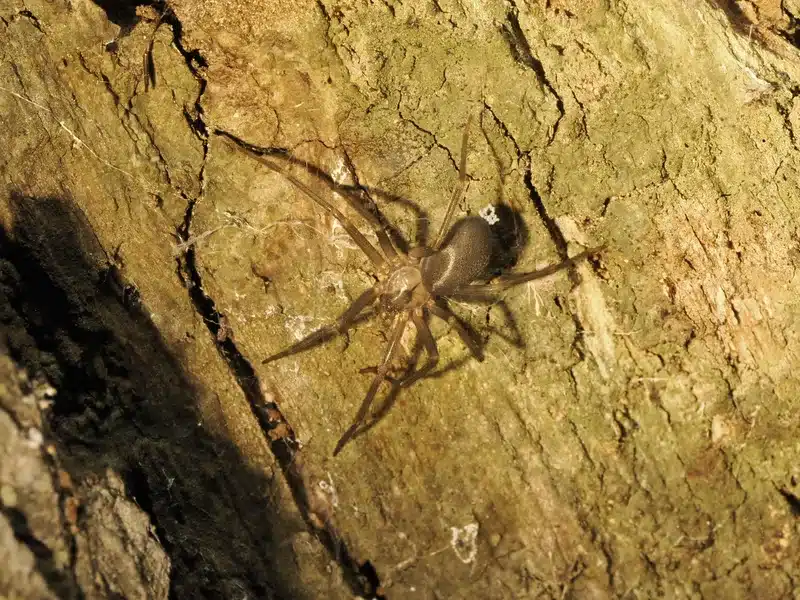When homeowners spot a brown spider in their house, panic often sets in. Is it a dangerous hobo spider or brown recluse? Through years of pest control work in Northern Virginia, I’ve seen countless cases of spider misidentification that cause unnecessary worry and costly treatments.
Quick Fact
Neither hobo spiders nor brown recluse spiders are likely to be found in Virginia, Maryland, or DC homes. Understanding the key differences between these species can help you identify what you’re actually dealing with and make informed decisions about pest control.

Geographic Range: Where These Spiders Actually Live
The most important fact about hobo spider vs brown recluse identification is understanding where these species naturally occur. Both spiders have very specific geographic ranges that rarely overlap with the Mid-Atlantic region.
Hobo Spider Geographic Range
Hobo spiders are native to Europe and Asia. In North America, they’re restricted to the Pacific Northwest and adjacent Rocky Mountain regions. According to the University of California’s Integrated Pest Management Program, their range extends from British Columbia south through Oregon and Idaho, east to western Montana, Wyoming, Colorado, and north-central Utah.
No verified hobo spider populations exist east of the Rockies. Any suspected hobo spider in Virginia or Maryland is almost certainly a misidentified house spider.
Brown Recluse Spider Distribution
Brown recluse spiders inhabit the south-central and midwestern United States, primarily in a band stretching from Kansas to Louisiana and Kentucky to Iowa. Their native range barely clips far southwestern Virginia, with only a handful of small, cargo-introduced colonies confirmed elsewhere in the state.
As noted by Virginia Tech Extension, no reproducing populations have been verified in Maryland or DC. Encounters in these areas almost always involve transported individuals rather than established populations.
Hobo Spider vs Brown Recluse: Identification Features
When comparing hobo spider vs brown recluse appearance, several distinctive features set them apart. Proper identification requires looking at specific anatomical details rather than relying on general color or size.
| Hobo Spider | Brown Recluse | |
|---|---|---|
| Eyes | 8 eyes in 2 rows | 6 eyes in 3 pairs |
| Body Marking | Faint chevron patterns | Dark violin marking |
| Web Type | Funnel webs | Irregular retreats |
| Found in Mid-Atlantic | Never | Extremely rare |
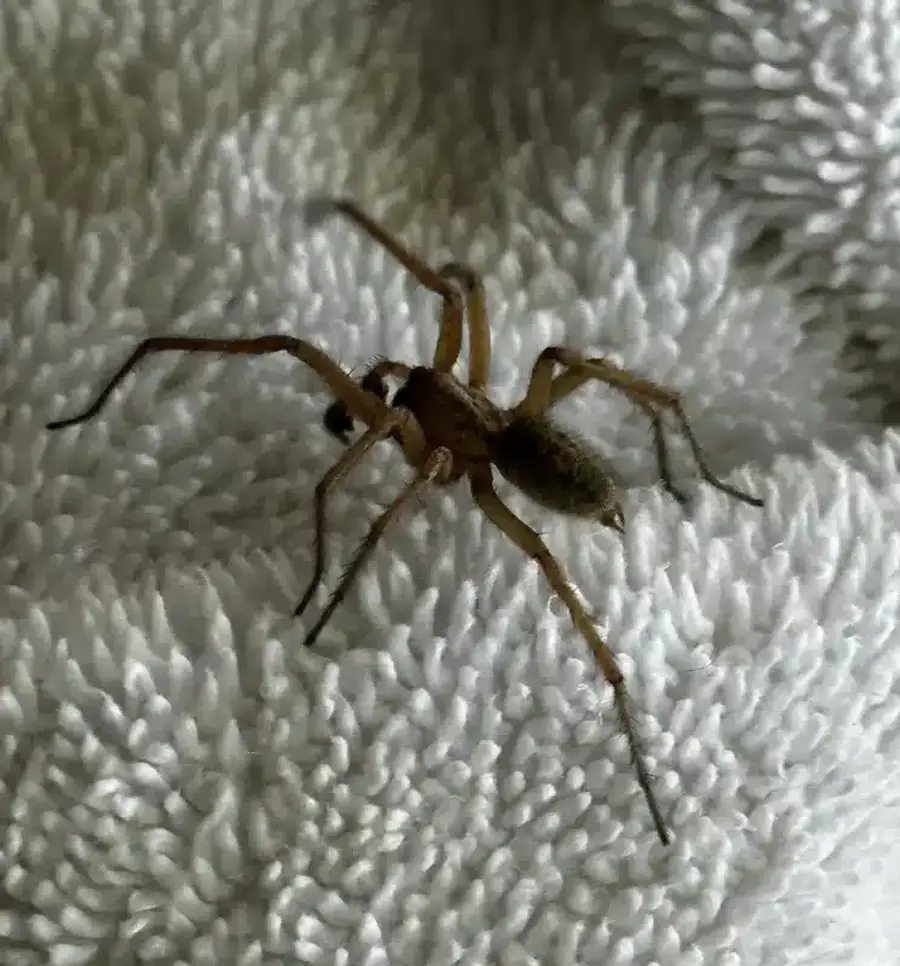
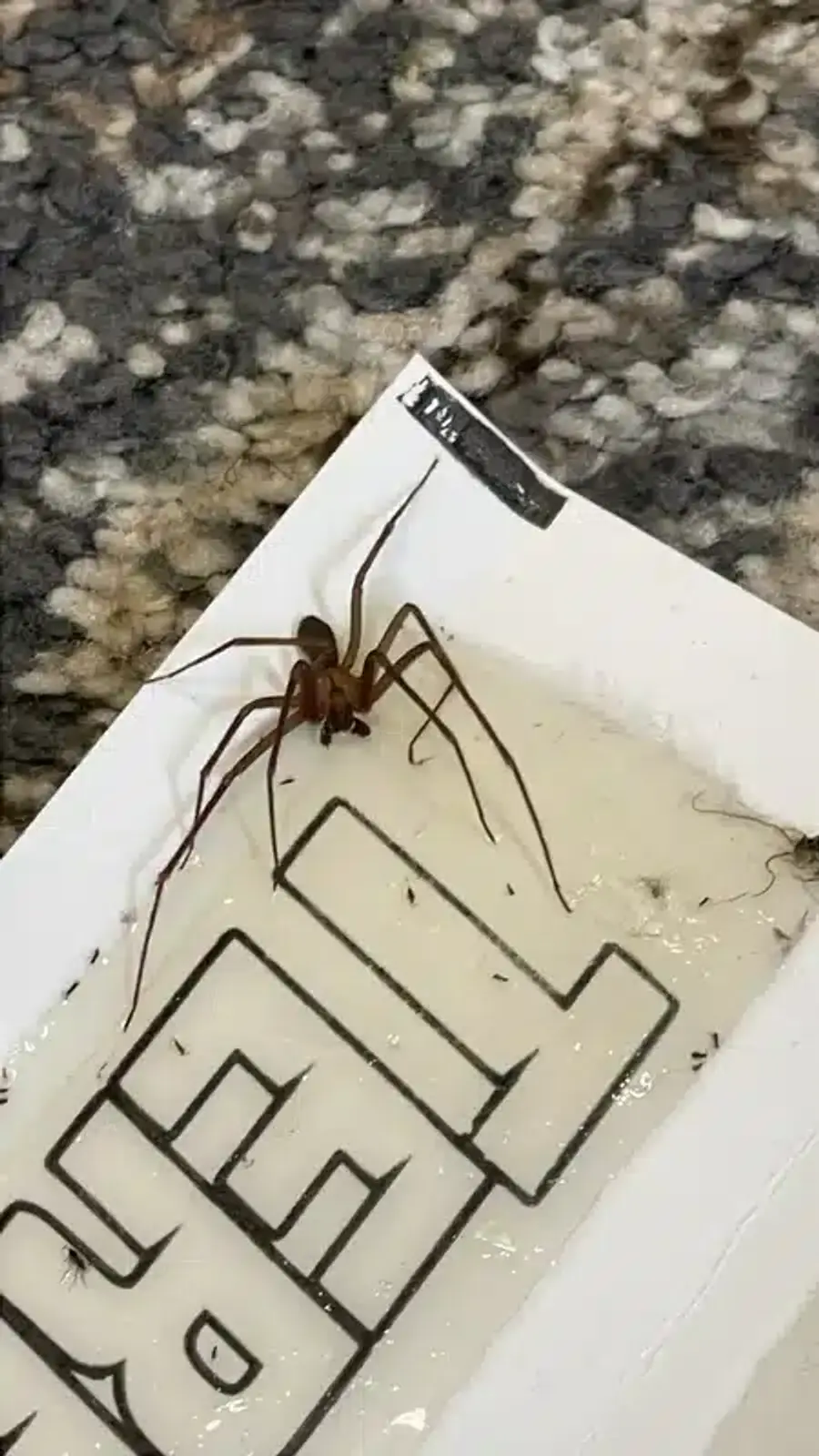
Eye Patterns
The most reliable distinguishing feature is eye arrangement. Brown recluse spiders have six eyes arranged in three pairs - one medial pair and two lateral pairs. This unusual arrangement is shared by less than 1% of U.S. spider species, making it an excellent identification tool.
Hobo spiders have eight eyes arranged in two straight rows, which is typical for their family (Agelenidae). This difference alone can definitively separate the two species.
Body Markings
Brown recluse spiders feature a dark violin-shaped marking on their cephalothorax (the front body section), with the “neck” of the violin pointing toward the abdomen. However, this marking can fade in juveniles and shouldn’t be the only identification feature relied upon.
Hobo spiders display variable light-brown abdomens with faint chevron patterns. These chevrons are unreliable for identification since they occur in many spider species and can be difficult to see.
Leg Characteristics
Brown recluse spiders have uniform-colored legs without banding or conspicuous spines. Their legs appear smooth and evenly colored.
Hobo spiders also lack dark leg bands but are covered with fine plumose setae (specialized hairs) that are only visible under magnification.
Web Architecture and Habitat Preferences
Understanding web construction and habitat choices provides additional clues when distinguishing hobo spider vs brown recluse species.
Hobo Spider Webs and Habitats
Hobo spiders construct horizontal sheet webs leading to funnel retreats. These webs are typically built at ground level in foundation cracks, landscaping timbers, or basement window wells. In my experience working in wooded areas like Mt. Vernon, similar funnel webs are common but usually belong to harmless house spiders rather than true hobo spiders.
These spiders prefer cool, moist ground-level sites outdoors under rocks and woodpiles. Males often wander indoors during late summer and fall while searching for females.
Case Study: Mt. Vernon Area Experience
Common Funnel Web Misidentifications
Working in wooded areas like Mt. Vernon has given me extensive experience with homeowner spider concerns. The high moisture and abundant vegetation create ideal conditions for various spider species, leading to frequent identification requests.
- Common scenario: Homeowner discovers funnel webs in basement window wells
- Initial concern: Fear of hobo spider infestation requiring expensive treatment
- Actual finding: Harmless house spiders (Parasteatoda tepidariorum) or grass spiders
- Geographic reality: True hobo spiders don’t exist anywhere in Virginia
This experience reinforces why proper identification matters more than immediate chemical treatment - education prevents unnecessary anxiety and costs.
Brown Recluse Retreats
Brown recluse spiders create very sparse, irregular silk retreats rather than capture webs. They prefer dry, undisturbed spaces like cardboard boxes, wall cavities, closets, and attics. You might also find them behind baseboards or inside folded clothing and shoes.
These spiders are mostly nocturnal and sedentary. Most bites occur when the spider is accidentally pressed against skin while hiding in clothing or bedding.
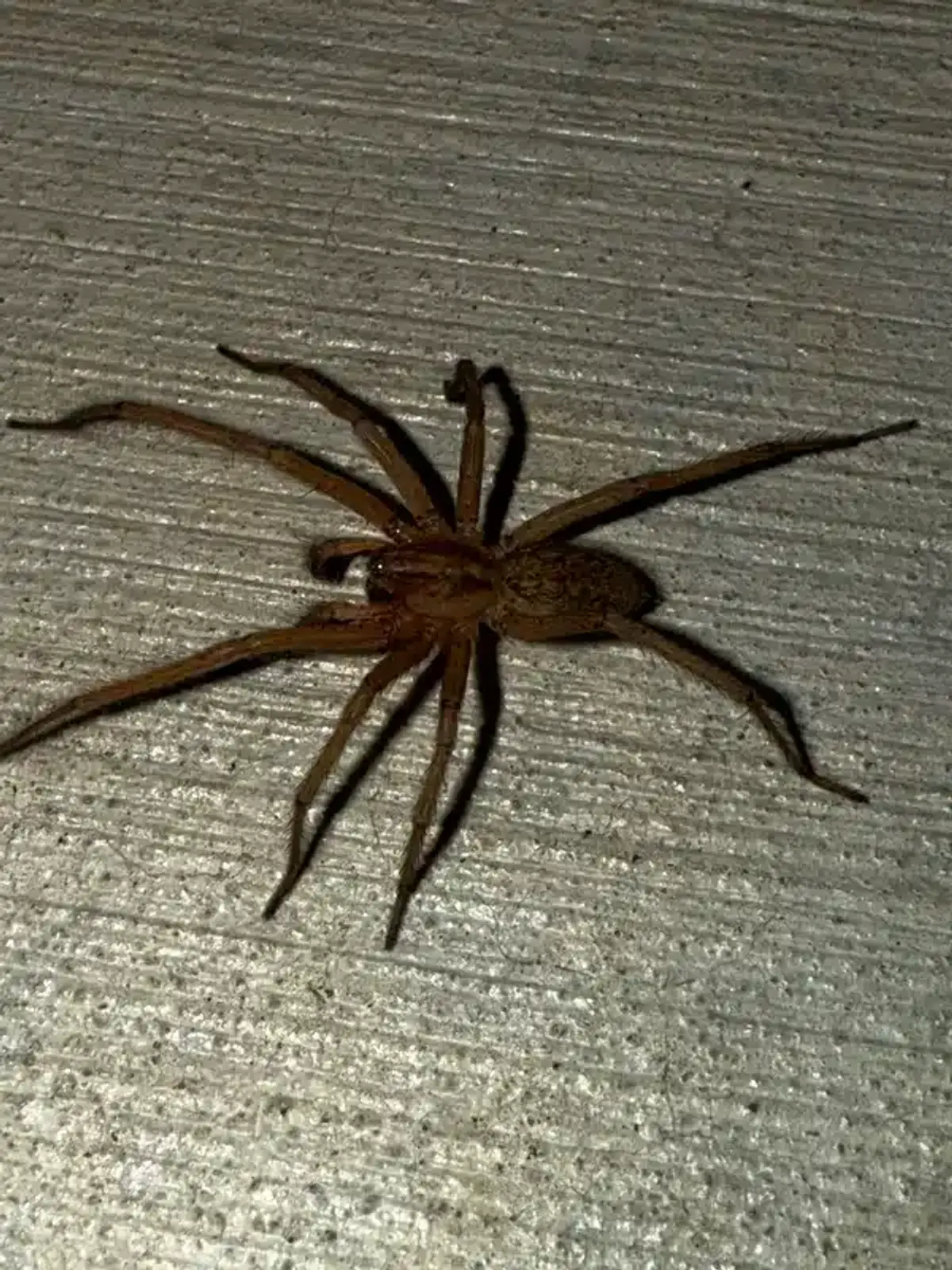
Spider Bite Effects and Medical Significance
The medical importance of hobo spider vs brown recluse bites has changed significantly based on recent research, especially regarding hobo spider toxicity.
Brown Recluse Bite Effects
Brown recluse venom contains sphingomyelinase D, which can cause localized tissue damage. Most bites are minor, but 10-30% may develop characteristic necrotic lesions. The bite typically starts as a painless sting, developing an erythematous halo within 6-12 hours, and potentially progressing to necrotic ulceration in severe cases.
According to research, systemic effects like hemolysis and renal failure are extremely uncommon. However, misdiagnosis is rampant - studies show that 78% of published “recluse bites” lack proper spider verification.
What does the science say?
According to the CDC’s original 1996 report, hobo spiders were initially considered medically significant based on Pacific Northwest case reports. However, a comprehensive 2014 study published in Annals of the Entomological Society of America analyzed verified hobo spider bites and found no evidence of necrotic lesions. The study concluded that previous attributions were likely misdiagnoses, leading to the CDC’s 2017 decision to remove hobo spiders from their medically significant species list.
Spiders in Virginia, Maryland, and DC: Likelihood of Encounters
During my years of pest control work in Northern Virginia, homeowners frequently express concern about potentially dangerous spiders. This experience has taught me the importance of providing accurate information about actual risk levels.
Routine household discoveries of “recluse-like” spiders in the Mid-Atlantic are virtually always harmless species such as common house spiders, cellar spiders, or other agelenid species. True brown recluse encounters are possible but extremely unlikely, while hobo spider encounters are virtually impossible.
In areas with high spider populations like Mt. Vernon, where moisture and wooded environments create ideal conditions, we typically see spiders building up in home eaves. Our standard approach involves removing current webs with specialized tools and applying non-repellent treatments along the foundation perimeter.
Spider Bite First Aid and Medical Management
Regardless of spider species, proper first aid remains consistent for any suspected spider bite.
Capture the spider if possible for expert identification. This step is crucial because it prevents unnecessary antibiotics or surgical procedures due to misdiagnosis. Contact your local Extension office for proper spider identification services.
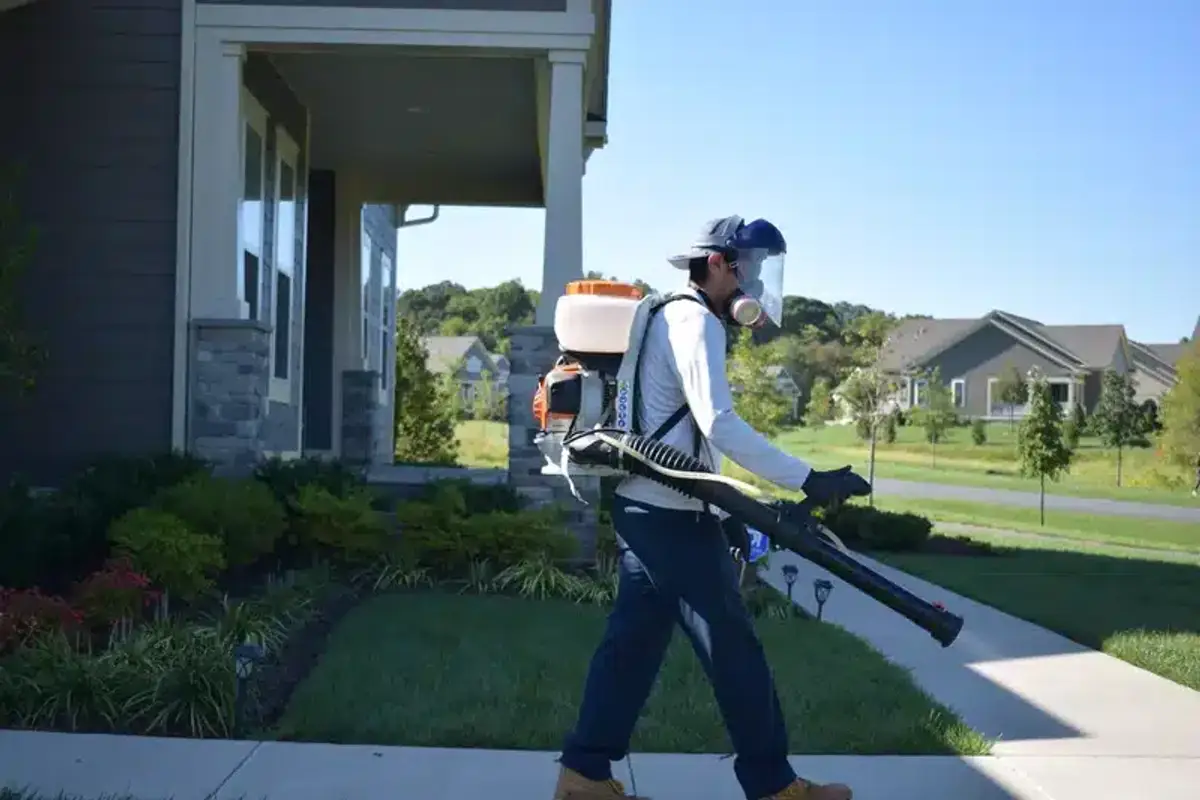
Importance of Professional Spider Identification
Misidentifying harmless Mid-Atlantic spiders as either hobo spiders or brown recluses creates unnecessary anxiety and costly treatments. Through my experience, I’ve learned that education and proper identification are far more valuable than immediate chemical treatment.
Many species commonly found in Virginia homes can resemble dangerous spiders to untrained eyes. Understanding local spider varieties helps homeowners make informed decisions about pest control needs.
Professional identification becomes especially important when homeowners discover spiders that don’t match typical regional species. Accurate species identification prevents both over-treatment of harmless species and under-treatment of actual pest problems.
Spider Prevention and Control Strategies
Effective spider management focuses on reducing attractants and sealing entry points rather than relying solely on chemical treatments.
Environmental Modifications
Spiders are attracted to areas with abundant prey and shelter. Reducing exterior lighting helps decrease flying insects that attract spiders. Additionally, controlling moisture issues and repairing wood rot eliminates conditions that draw both spiders and their prey.
Closing blinds at night prevents interior lights from attracting insects to windows, which subsequently attract spiders to those areas.
Professional Treatment Approach
Our spider control program focuses on creating protective barriers while addressing root causes. We apply non-repellent treatments to exterior areas where spiders are active, including windows, doorways, and corners.
Interior treatment typically involves spot applications in corners and around entry points. Comprehensive spider control requires ongoing maintenance rather than one-time treatments.
For homeowners dealing with persistent spider issues, understanding the difference between brown recluse and wolf spider identification or grass spider versus brown recluse characteristics becomes crucial for appropriate treatment decisions.
Common Misidentification Issues
Several spider species in the Mid-Atlantic region are frequently mistaken for hobo spiders or brown recluses. Understanding these look-alikes prevents unnecessary concern and inappropriate treatments.
House spiders often build funnel webs similar to hobo spiders, leading to misidentification. However, these harmless species lack the specific anatomical features that distinguish true hobo spiders.
Similarly, many brown spiders found indoors may superficially resemble brown recluses but lack the distinctive six-eye pattern and violin marking that characterize true brown recluse spiders.
Understanding basic spider biology and the differences between arachnids and insects helps homeowners appreciate why professional identification matters for accurate species determination.
When you’re concerned about potentially dangerous spiders in your home, professional assessment provides peace of mind and appropriate treatment recommendations. Our registered technicians have the training and experience to distinguish between harmless local species and the rare instances where medical attention might be warranted.
If you’re dealing with spider concerns or need professional identification services, call us at 703-683-2000 or email info@bettertermite.com. Our team provides thorough inspections and evidence-based treatment recommendations tailored to your specific situation.
Frequently Asked Questions
Can hobo spiders and brown recluse spiders be found in Virginia?
+
Brown recluse spiders have a few small populations in southwestern Virginia, but encounters are extremely rare in the northern part of the state. Hobo spiders are not found anywhere in Virginia - their range is limited to the Pacific Northwest and Rocky Mountain regions.
What's the most reliable way to tell hobo spider vs brown recluse apart?
+
The most reliable difference is eye arrangement. Brown recluse spiders have six eyes in three pairs, while hobo spiders have eight eyes in two rows. Additionally, brown recluse spiders have a distinctive violin marking on their cephalothorax, which hobo spiders lack.
Are hobo spider bites dangerous?
+
Current scientific evidence shows hobo spider bites are not medically significant. The CDC removed hobo spiders from their list of venomous spiders of concern in 2017. Verified bite studies show only minor, temporary symptoms like redness and localized pain.
How can I identify a brown recluse spider bite?
+
Brown recluse bites typically start as painless stings, developing a red halo within 6-12 hours. Some may progress to necrotic lesions, but most bites heal without complications. However, many conditions are misdiagnosed as spider bites, so medical evaluation and spider identification are important.
What should I do if I think I found a dangerous spider?
+
Capture the spider if you can do so safely and contact your local Extension office for identification. Take photos if capture isn't possible. Don't assume it's dangerous based on appearance alone - most spiders that look threatening are actually harmless species.
Do hobo spiders and brown recluse spiders build similar webs?
+
No, their web structures are quite different. Hobo spiders build horizontal sheet webs with funnel retreats, typically at ground level. Brown recluse spiders create sparse, irregular silk retreats in hidden areas and don't build capture webs.
What's the best way to prevent spider encounters?
+
Reduce exterior lighting that attracts prey insects, control moisture issues, seal entry points, and remove clutter where spiders can hide. Regular cleaning and addressing wood rot also help eliminate conditions that attract spiders to your home.
Are there any brown recluse or hobo spider look-alikes in the Mid-Atlantic?
+
Yes, many local spider species are frequently mistaken for these dangerous spiders. House spiders, cellar spiders, and other agelenids can resemble hobo spiders, while various brown spiders may be confused with brown recluses. Professional identification helps distinguish between harmless and potentially concerning species.
With five years of hands-on experience in the pest control industry, George Schulz is a registered technician with the Virginia Pest Management Association and a proud third-generation professional in a family business that's been protecting homes for over 57 years. He manages and trains a team of service pros while also leading internal research efforts—recently spearheading a deep-dive review of thousands of documents on pest control materials to hand-pick the most kid and pet friendly, most effective solutions tailored specifically for homes in the DC metro area.
